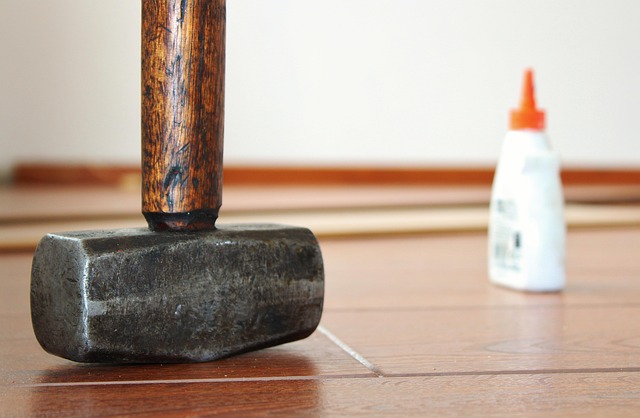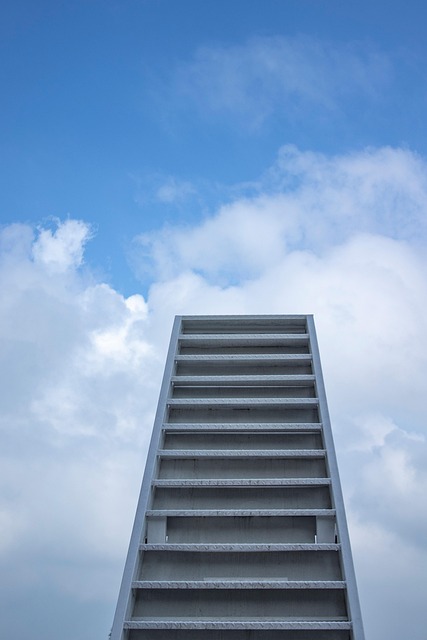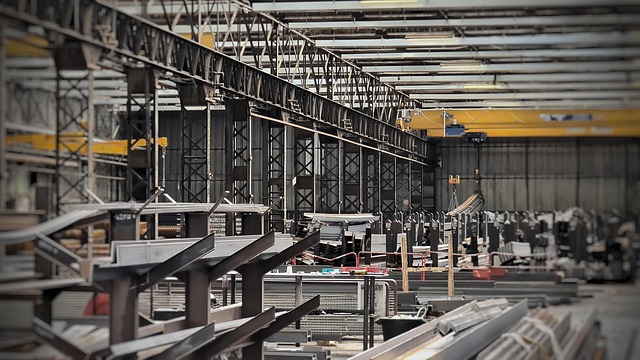Glue laminated beam (GLB) cost varies by wood type, size, complexity, regional availability, and installation needs. Budget-friendly options exist alongside premium, custom designs. Linear foot pricing considers material, labor, and transportation. Quality, durability, and local supplier quotes impact GLB cost. Professional installation ensures structural integrity. Contact (607) 369-9341 for expert advice on Glue Laminated Beam Cost.
“Exploring the cost of Glue Laminated Beams: A Comprehensive Guide. Glue laminated beams, known for their strength and durability, offer an innovative solution in construction. This article delves into the factors influencing the Glue Laminated Beam Cost per linear foot, from material selection to installation methods. We’ll break down the pricing trends, market dynamics, and practical considerations, helping you understand the value of these structural components. Whether you’re a contractor or builder, this guide offers insights for informed decision-making.”
- Understanding Glue Laminated Beam Basics
- Factors Affecting Laminated Beam Cost
- Pricing Trends and Market Variations
- Installation and Longevity Considerations
Understanding Glue Laminated Beam Basics

Glue Laminated Beams are engineered wood products created by gluing together multiple layers of wood veneer to form a single, strong structural element. This process, known as lamination, enhances the natural strength and stiffness of wood, making laminated beams a popular choice for construction projects that demand high load-bearing capabilities. The beam lamination costs breakdown involves not just the price per linear foot but also considerations like material quality, thickness, and specific requirements. Local beam lamination costs can vary depending on your location, with factors like transportation expenses influencing the final cost. However, for those seeking low-cost glue laminated beams without compromising quality, there are options available.
Understanding the fundamentals of glued laminated beams is essential when considering their use in building projects. These beams offer advantages such as being free from splinters, easy to handle, and capable of withstanding heavy loads, making them a preferred choice for structural applications. If you’re interested in exploring this option further, feel free to visit us at 18 Clifton St, Unadilla, NY 13849 anytime to learn more about our range of glue laminated beams and their competitive pricing.
Factors Affecting Laminated Beam Cost

The cost of glue laminated beams, often referred to as GLB or LVL (Laminated Veneer Lumber), varies based on several factors. One primary determinant is the type and quality of the wood used in construction—sustainable glue laminated timbers tend to be more expensive but offer superior strength and durability. The size and complexity of the beam also play a significant role, with larger or custom-designed beams incurring higher costs. Additionally, the manufacturing process itself contributes to pricing; industrial timber lamination rates differ based on factors like labor, equipment, and the scale of production.
Furthermore, the specific application and market demand influence prices. Beams used in structural projects, for instance, carry different pricing than those employed for aesthetic purposes in interior design. Similarly, regional availability and transportation costs can vary, making some areas more competitive than others when it comes to glue laminating timbers. For example, visiting us at 18 Clifton St, Unadilla, NY 13849 anytime allows you to explore a range of options, including both standard and custom-made sustainable glue laminated timbers that cater to diverse projects and budgets.
Pricing Trends and Market Variations

The price of Glue Laminated Beams (GLB) varies based on several factors affecting glued beam cost. The market for these structural elements is dynamic, with trends shifting as demand and supply fluctuate. Generally, prices are influenced by the type of wood used in construction, the complexity of the design, and regional availability. For instance, budget-friendly glued wood beams might cost less per linear foot due to their simpler structure or the use of more readily available materials, while custom glue beam quotes for intricate designs or specialized dimensions can be significantly higher.
When considering the Glue Laminated Beam Cost, it’s crucial to look beyond the price tag. Quality and durability should also be top priorities. To get a clear understanding of current market rates, visit us at 18 Clifton St, Unadilla, NY 13849 anytime. Remember that comparing prices from different suppliers can help you find the best value for your project needs.
Installation and Longevity Considerations

When considering the price of laminated beams per linear foot, it’s crucial to look beyond just the material cost and factor in installation and longevity. The glue laminated beam cost isn’t solely determined by the beams themselves; proper installation requires skilled labor and specialized equipment. This can significantly impact the overall project budget, so it’s essential to account for these expenses upfront.
Various factors affect the glued beam cost, including beam size, complexity of the design, accessibility of the installation site, and local labor rates. Industrial timber lamination rates can vary widely depending on these variables, so optimizing your timber lamination budget involves careful planning and consideration. To ensure a sturdy and durable structure, it’s important to invest in high-quality materials and professional installation. Give us a call at (607) 369-9341 for expert advice tailored to your specific needs.
When considering the price of glue laminated beams, understanding the influencing factors is key. From the initial material cost to installation complexities, each element plays a role in determining the final price per linear foot. As market trends fluctuate, staying informed about pricing variations ensures you secure the best value for your construction project. Remember, the longevity and durability of these beams make them a reliable choice, offering a strong foundation for even the most ambitious building plans.














